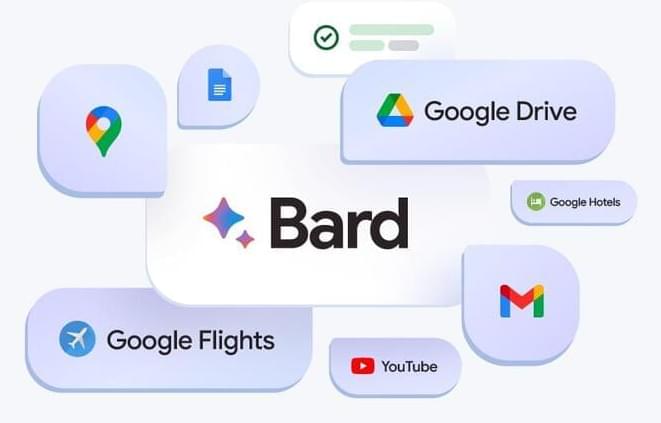Google has been an ‘AI-first company’ for nearly a decade.
Google let OpenAI take the lead in the AI race — now, it’s mounting a comeback.


Google’s chatbot is the best place to try out its new supposedly state-of-the-art model — can it catch up to ChatGPT?
While OpenAI’s ChatGPT has become a worldwide phenomenon and one of the fastest-growing consumer products ever, Google’s Bard has been something of an afterthought.
Is this the moment Bard finally catches up to ChatGPT?





In today’s column, I am going to do a deep dive into what is meant by the oft-mentioned terms known as Artificial Intelligence (AI) and Artificial General Intelligence (AGI).
I walk you thru the likes of AI and AGI and what they mean, including a recently posted proposal by Google DeepMind about encompassing levels of autonomy. Good stuff.

Researchers are utilizing a reinforcement learning method known as ‘curiosity-driven’ training for tasks like calling the elevator, opening doors, and sorting boxes.
Swiss-Mile’s ANYmal robot is being trained to perform practical tasks by manipulating its wheeled legs and arms.
The robots offer a modular, multi-functional tool may help to efficiently and economically execute a spectrum of tasks on the lunar surface.
The Japanese startup was selected as part of 14 firms selected by DARPA for its LunA-10 study.